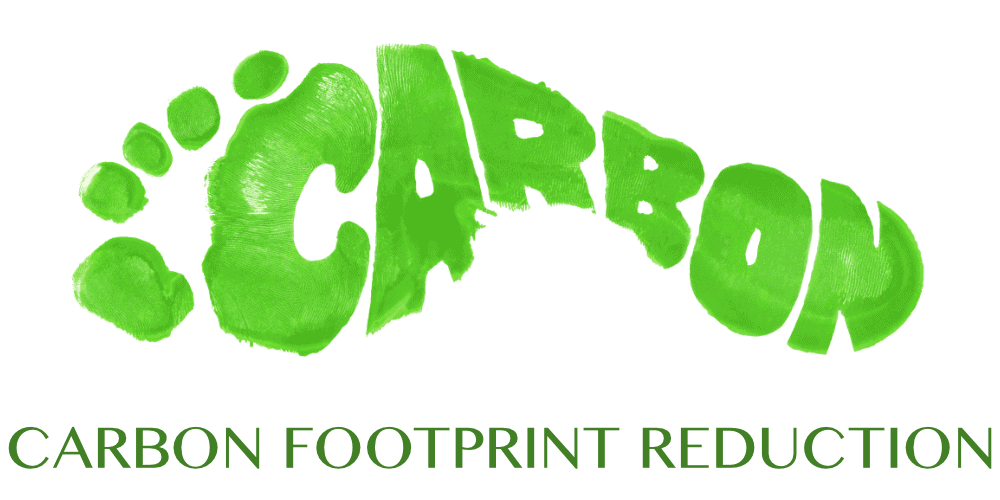ULEB
Ultra Low Emissions Burner
Why are there Clean Air Zones and Ultra Low Emission Burner Standards?
Improving our air quality is vital to creating healthier, happier regions to live in. The Canterbury Air Regional Plan was developed with valuable input. The plan identifies how air pollution is going to be managed from home heating, industry and other sources like outdoor burning, dust and odour. It will help us meet national air quality standards.
The National Environmental Standards for Air Quality set a guaranteed minimum level of health protection for all New Zealanders. These measures recognise that we are all in this together. That homeowners, industry, large businesses, and landowners all have a role to play to improve our air quality.
What is an ULEB?
ULEBs are tested using the Canterbury Method (CM1), which uses strict real-life operating conditions. ULEBs must meet some of the strictest emissions and efficiency standards in the world. Under the current Canterbury Air Plan, ULEBs can be installed and used indefinitely in this region. Both Pyro Fires now comply with Canterbury & Tasman ULEB clear air requirements. Canterbury and Tasman residents can now enjoy the benefits of a Pyro Fire.
ULEBs must meet an emissions and efficiency standard of 38 milligrams per mega joule of useful energy. These fires must also pass AS/NZ4012:2014, AS/NZ4013:2014 and AS/NZ2918:2001 standards. Environment Canterbury Authorisation Numbers: 194576 (IV ULEB Dry) & 193584 (Mini ULEB Dry)
What is CM1 Standard?
The Canterbury Method 1 is intended to provide sufficient flexibility to allow both conventional and radically different designs of wood burner to be tested for consideration under Environment Canterbury’s Ultra Low Emission Burner (ULEB) authorisation procedures.
Clean Air Zone / Air Sheds
Clean Air Zones are used to encourage the adoption of efficient space heating appliances that do not discharge contaminants into air so that Ambient Air Quality National Environmental Standards are met. Airsheds tend to be bounded by hills or by the coast forming basins which the pollutants sit in. They also tend to have a similar intensity of development and/or similar land use patterns.
Nelson’s urban area has four airsheds defined for air quality management purposes. An airshed is a geographic area within which air pollutant concentrations tend to be similar and pollutants do not tend to mix with those in adjoining airsheds (except during windy periods).
How it Effects Home Heating
Thorough testing has indicated that smoke from home heating using wood and coal causes the majority of our region’s winter air pollution. People want to keep warm and to be able to keep burning fuel, so we are encouraging the use of low and ultra-low emission burners, good fuel and smoke-free burning techniques.
ULEB Approved:
Pyro Classic & Pyro Mini
Pyro Fires – Designed to heat a home not pass a lab test!
- Both Pyro Fires comply with Canterbury & Tasman clean air requirements/standards
- Canterbury & Tasman can now enjoy the benefits of a Pyro Fire
- Everyone can take advantage of the overnight burn with low maintenance costs of a Pyro Fire.
- Simple in design, operation and low maintenance over the lifetime of the fire.
Benefits:
- Designed and manufactured here in New Zealand.
- Meets the world’s toughest environmental standards.
- Pyro Fires are New Zealand’s only clean air wood fire to provide overnight burn.
- Available in 100+ colour variations.
Since 2005, new homes in the Canterbury and Nelson regions have been denied the benefits of this fire. Now they can take advantage of the overnight burn and lower maintenance costs provided with a Pyro Fire.

Every Pyro Fire meets ULEB regulations.

Pyro Fires use only 100% recyclable packaging.

Pyroclassic Fires Ltd has nearly halved its carbon footprint.
